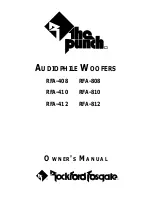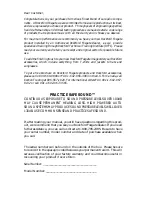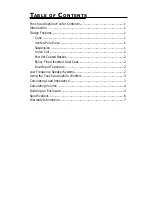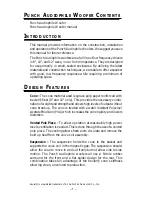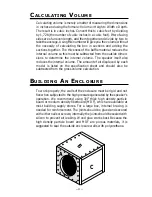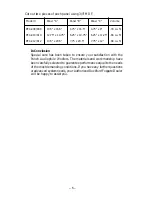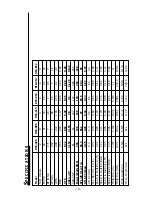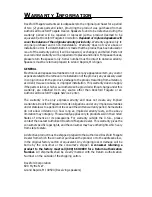
– 4 –
B
U I L D I N G
A
N
E
N C L O S U R E
To work properly, the walls of the enclosure must be rigid and not
flex when subjected to the high pressures generated by the speaker's
operation. We recommend using 3/4" thick high density particle
board or medium density fiberboard (MDF), which are available at
most building supply stores. For a large box, internal bracing is
needed for reinforcement. The joints should be glued and secured
with either nails or screws; internally the joints should be sealed with
silicon to prevent air leaking. Wood glue works best. Because the
high density particle board and MDF are porous materials, it is
suggested to seal the outside enclosure walls with polyurethane.
A
B
C
Calculating volume is merely a matter of measuring the dimensions
in inches and using the formula: Volume = Height x Width x Depth.
The result is in cubic inches. Convert this to cubic feet by dividing
by 1,728 (the number of cubic inches in a cubic foot). If two facing
sides are of uneven length, add them together and divide by two to
take the average. Using this number will give you the volume without
the necessity of calculating the box in sections and adding the
sections together. The thickness of the baffle material reduces the
internal volume so this must be subtracted from the outside dimen-
sions to determine the internal volume. The speaker itself also
reduces the internal volume. The amount of air displaced by each
model is listed on the specification sheet and should also be
subtracted from the gross volume calculation.
C
A L C U L AT I N G
V
O L U M E

